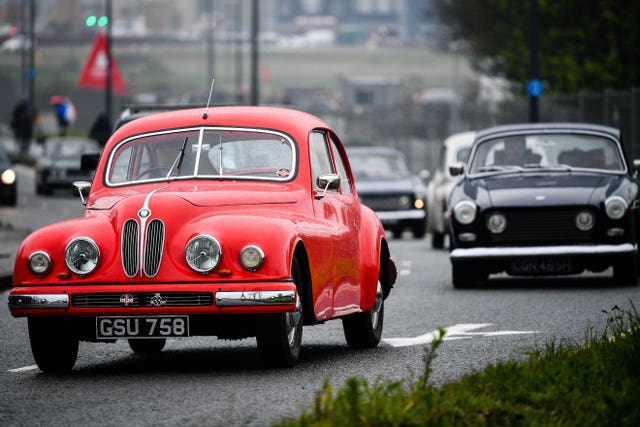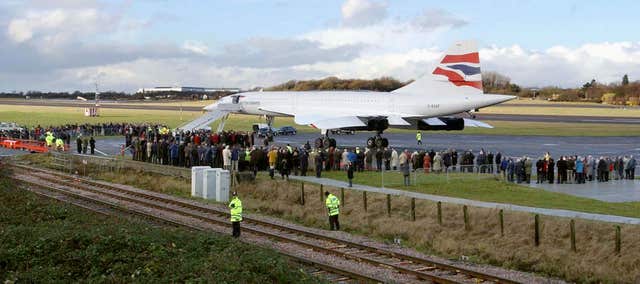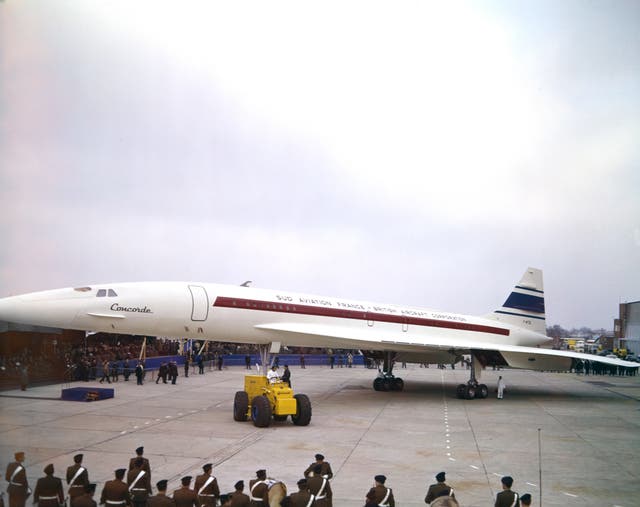Classic car rally celebrates 50th anniversary of British Concorde test flight
The convoy travelled from Aerospace Bristol to the Fleet Air Arm Museum in Yeovilton.

Enthusiasts have celebrated the 50th anniversary of the first British test flight of Concorde.
The two museums that house the first and last Concordes to fly over the UK teamed up to organise a nostalgic journey across the West Country.

More than 150 people visited Concorde Alpha Foxtrot at Aerospace Bristol in Filton before boarding Bristol buses and classic cars and travelling to the Fleet Air Arm Museum in Yeovilton, Somerset, to see Concorde 002.
On April 9 1969, the British-made Concorde 002 flew from Filton to RAF Fairford in Gloucestershire – a journey that took just 22 minutes but changed the course of aviation history.
The final flight took place on November 26 2003 when Concorde Alpha Foxtrot flew from Heathrow to Filton.

An Aerospace Bristol spokesman said: “The two museums give visitors the opportunity to discover more about the world’s most famous aircraft, from the people behind its initial forays to the edge of space and record-breaking speeds, to the experience for passengers and even the food served on-board.”
The first prototype, Concorde 001, took off from Toulouse in the south of France on March 2 1969. It was flown for 27 minutes by test pilot Andre Turcat.

Born out of a joint Anglo-French project, Concorde’s success was savoured as a moment of intense national pride.
Most impressive was its speed. A cruising velocity of twice the speed of sound, or 1,350mph, allowed it to cover a mile in just 2.75 seconds.





